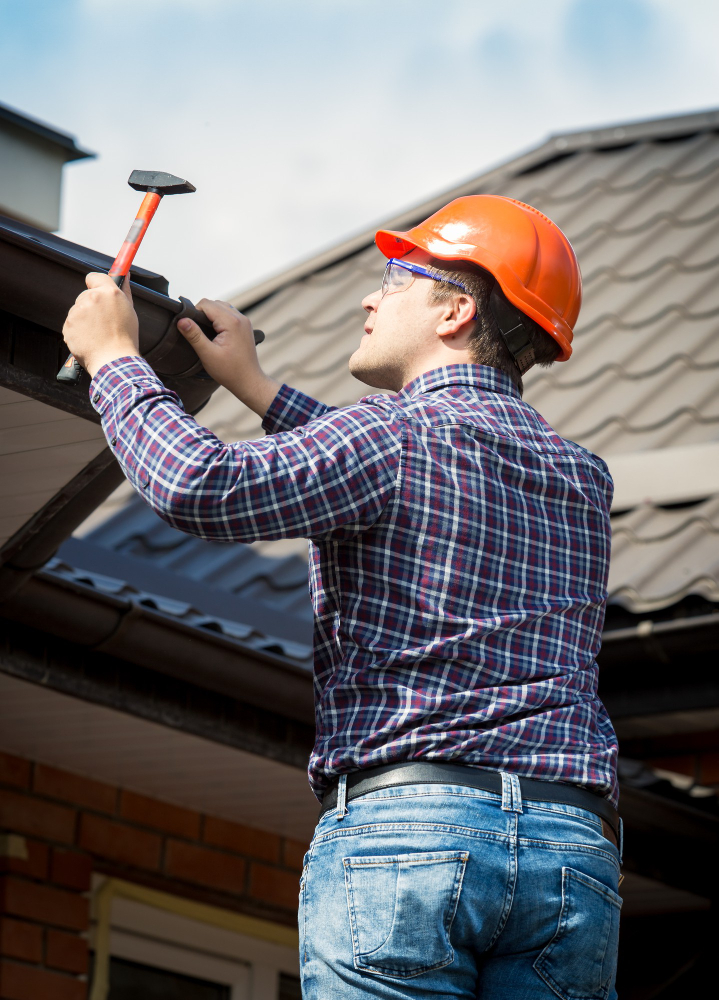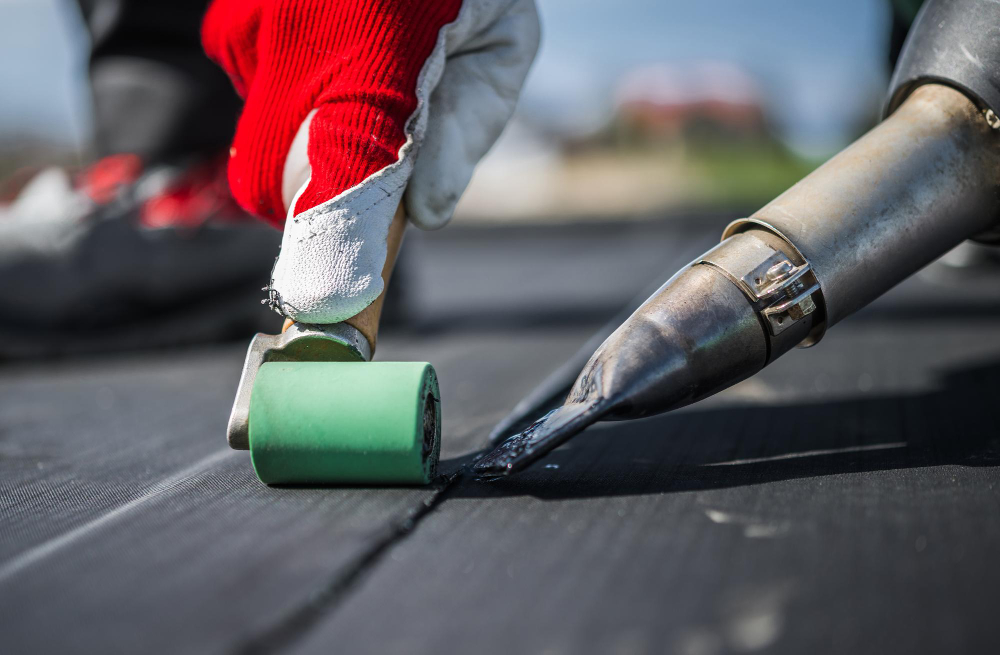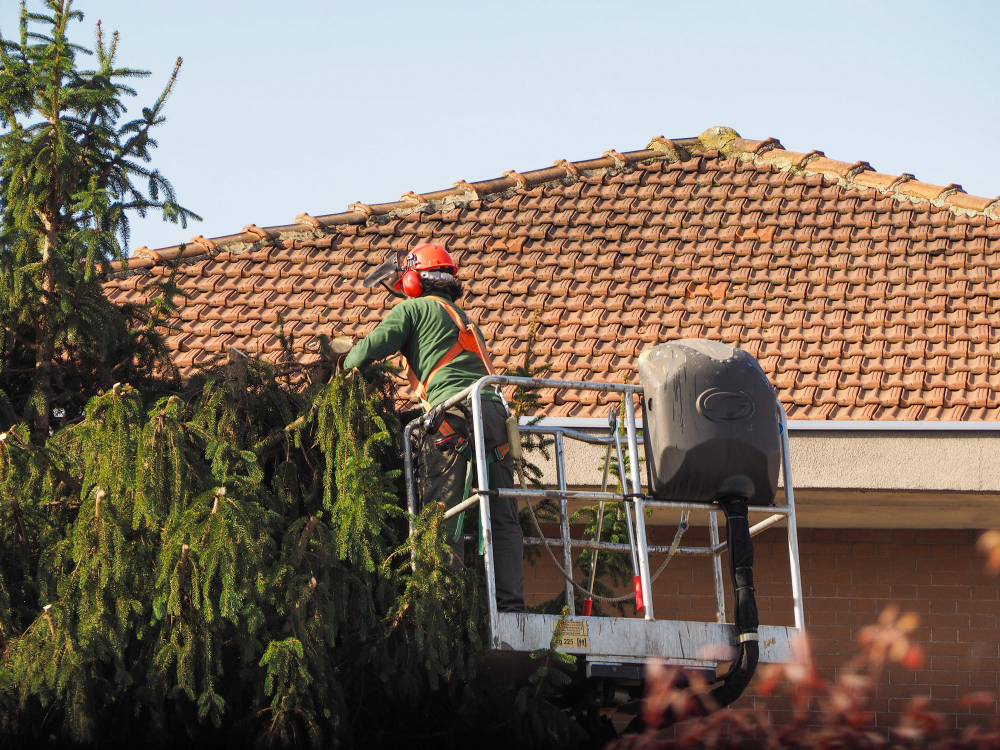Last updated on
Your home’s roof is more than just a protective shield against the elements. It’s a vital component of your house’s overall structure, contributing significantly to its aesthetic appeal and value. Ensuring its longevity is not just about saving on costly future repairs but also about preserving the charm and worth of your residence.
When it comes to maintaining your roof, knowledge and simple practices can go a long way in prolonging its lifespan. Read on to learn six easy tips for maximizing your roof’s longevity.
Inspect Regularly

Performing a visual inspection of your roof at least twice a year is a crucial step in ensuring its longevity. Look for signs of damage, debris buildup, and any potential issues that may compromise the integrity of your roof. Catching these problems early can save you from more extensive and expensive repairs down the line.
In some cases, you may need to hire a professional roofer for a more thorough inspection. If the damage is beyond repair, they can help you determine the best course of action.
Some of the things to look out for during your inspection include:
- Shingles that are cracked, damaged, or missing
- Signs of moisture or water damage such as discoloration and mold growth
- Loose or broken flashing around chimneys, vents, and other openings
- Granule loss on asphalt shingles
- Sagging or uneven areas on the roof
Clean Debris

Regularly removing debris such as leaves, branches, and dirt from your roof is essential in preventing clogs and water buildup. These can cause damage to your shingles and gutters, leading to leaks and other issues. Make sure to also clear out any standing water on your roof as it can contribute to mold growth and weaken the structure.
For instance, if you have a flat roof, it’s crucial to regularly remove any standing water after heavy rainfall. If your roof has a slight slope, make sure that the gutters are free from debris to prevent water from pooling. Your gutters play a vital role in directing rainwater away from your roof, so keeping them clean is essential for maintaining its longevity.
Choose the Right Sealant

Choosing the right sealant is pivotal in prolonging the life of your roof. A quality sealant acts as a protective barrier, preventing water penetration and damage caused by extreme weather conditions.
It’s essential to seal your roof leaks with a suitable sealant for your roof’s material and the climate in which you live. It’s always wise to consult with a roofing professional to ensure you’re making the best choice for your specific needs.
On the other hand, avoid using silicone-based sealants as they can cause damage to asphalt shingles and lead to costly repairs. The roof’s surface must be clean and dry before applying the sealant for optimal adhesion so make sure to clean it thoroughly beforehand.
Trim Overhanging Branches

Trees can provide shade and beauty to your home, but they can also pose a threat to your roof’s longevity. Overhanging branches can scrape and damage your shingles, as well as provide an easy pathway for critters to access your roof. Trim any overgrown branches that may be reaching onto your roof to prevent potential damage.
The process of trimming trees near your home can be dangerous, so it’s best to hire a professional tree service for this task. If tree limbs are too close to your roof, consider having them removed entirely.
Check for Rust and Corrosion
If your roof has metal components, such as flashing or gutters, regular inspections are essential in preventing rust and corrosion. These issues can weaken the structure of your roof and lead to leaks. Make sure to check for any signs of rust or corrosion and address them promptly to avoid costly repairs.
You can also apply a rust-inhibiting primer to metal components as an added layer of protection. The first signs of rust can be difficult to spot, so having a professional inspection every few years is recommended.
Keep Your Attic Ventilated
Proper attic ventilation is crucial for maintaining your roof’s longevity. It helps regulate the temperature in your attic, preventing moisture buildup and potential damage to your roof’s structure. Without proper ventilation, heat and moisture can get trapped in your attic, leading to mold growth and weakened shingles.
Make sure to have vents in your attic and keep them clear of any obstructions. You can also consider adding insulation to your attic to improve ventilation and energy efficiency. Keep in mind that proper ventilation is essential year-round, not just during the warm summer months.
The Takeaway
Maintaining the longevity of your roof involves a combination of regular inspections, timely repairs, and preventive measures. It’s crucial to understand that every roof, regardless of its quality and material, needs proper care and maintenance to last its expected lifespan.
By implementing these six easy tips – inspecting regularly, cleaning debris, choosing the right sealant, trimming overhanging branches, checking for rust and corrosion, and keeping your attic ventilated – you can significantly enhance the lifespan of your roof. Not only will these practices save you from costly repairs, but they will also contribute to preserving the structural integrity and value of your home.
Table of Contents




